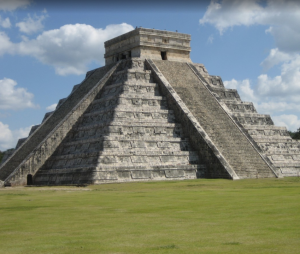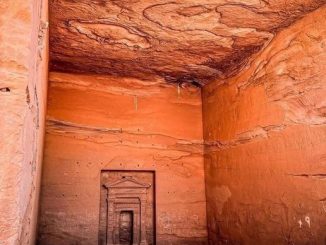In 1930, the renowned archaeologist Leonard Woolley and his wife Catherine embarked on an excavation journey that would uncover one of the most remarkable engineering marvels of ancient Mesopotamia. Their discovery, an intricate water drainage system in the ancient city of Ur, not only shed light on the advanced urban planning of the Mesopotamian civilization but also provided invaluable insights into the daily life and technological achievements of this ancient society.
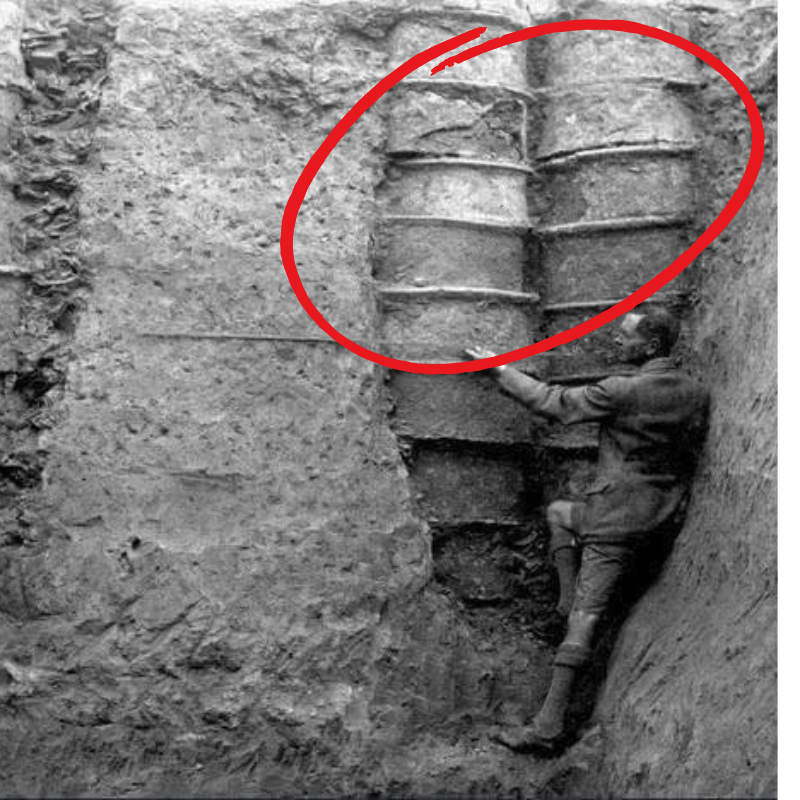
1. The Archaeological Expedition:
Leonard Woolley, leading an excavation team in southern Mesopotamia, focused their efforts on the ancient city of Ur, known for its historical significance as a Sumerian city-state. As they meticulously unearthed layers of history, Woolley and his team stumbled upon a network of clay pipes buried beneath the ancient city’s streets. These pipes, meticulously crafted from pottery, formed a sophisticated water drainage system that astonished the archaeological world.
2. Engineering Ingenuity:
The ancient water drainage system of Ur, dating back to around 4000 BC, showcased unparalleled engineering ingenuity for its time. Comprising interconnected pottery pipes, the system efficiently managed sewage and rainwater, highlighting the Mesopotamians’ advanced understanding of hydraulics and urban planning. This groundbreaking discovery challenged previous perceptions of ancient civilizations’ capabilities and demonstrated their mastery of essential infrastructure.
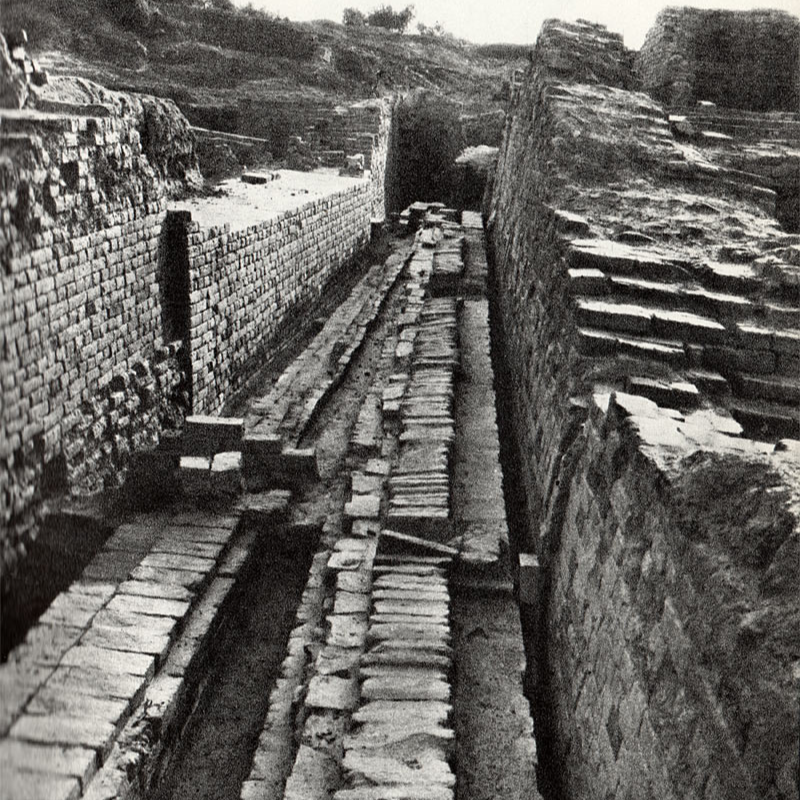
3. Urban Planning and Civilization Advancements:
The discovery of the ancient water drainage system in Ur provided invaluable insights into the urban planning and societal advancements of ancient Mesopotamia. It revealed a highly organized city layout, where sanitation and public health were prioritized through sophisticated engineering solutions. The presence of such a complex drainage system underscored the Mesopotamians’ commitment to improving their living conditions and creating sustainable urban environments.
4. Cultural Significance and Legacy:
Beyond its technological marvel, the ancient water drainage system of Ur held profound cultural significance. It reflected the Mesopotamian society’s emphasis on order, cleanliness, and civic pride. Furthermore, this discovery highlighted the interconnectedness of ancient civilizations and their shared quest for innovation and progress. The legacy of the Ur drainage system continues to inspire modern engineering practices and serves as a testament to the enduring impact of ancient civilizations on our world today.
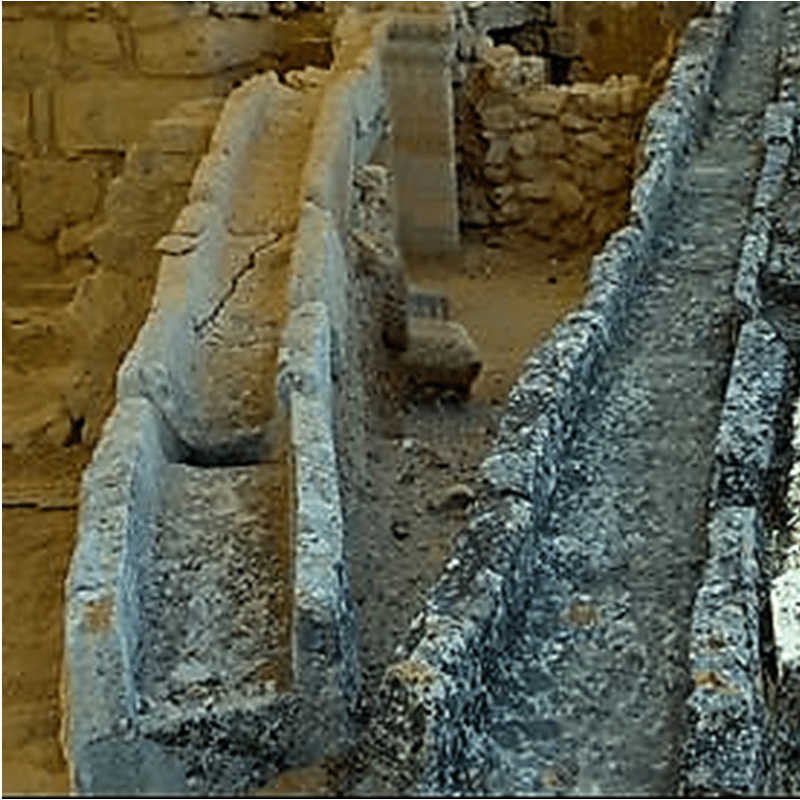
Conclusion:
In conclusion, the discovery of the ancient water drainage system in Ur, spearheaded by Leonard Woolley and his team, remains a testament to the remarkable achievements of ancient Mesopotamian civilization. This engineering marvel not only revolutionized our understanding of ancient urban planning but also showcased the timeless ingenuity of human innovation. As we continue to unravel the mysteries of our past, the legacy of Ur’s drainage system serves as a poignant reminder of the enduring legacy of ancient civilizations and their contributions to shaping our world.




